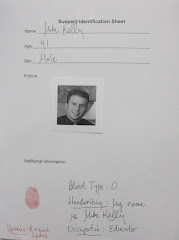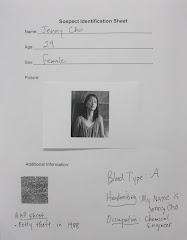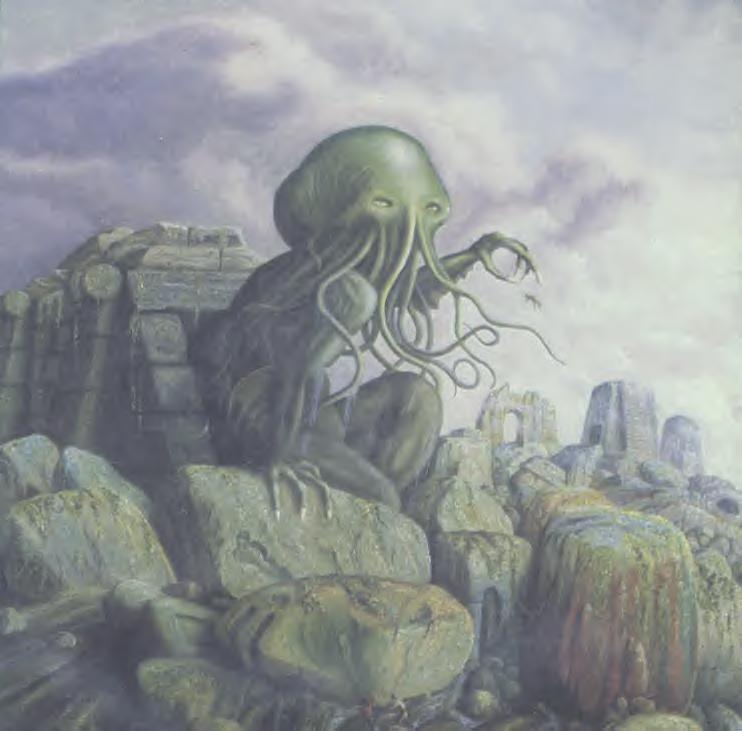1. Outline the Major Types of Blood.
A: Has a B Antibody and an A Antigen.
B: Has an A Antibody and a B Antigen.
AB: Has both A and B Antibodies, but neither Antigen. The "Universal Recipient".
O: Has neither Antibody, but both A and B Antigens. The "Universal Donor".

2. Comment on Ability of Blood Mixing and Transfusions
Mixing blood is dangerous, because it can cause clotting which can lead to death. Transfusions, however, are safe transfers of blood from one person to another for different medical reasons. Each type of blood can only receive and give to specific blood types.
A: Receives A, O / Gives to A, AB.
B: Receives B, O / Gives to B, AB.
AB: Receives A, B, AB, O / Gives to AB.
O: Receives O / Gives to A, B, AB, O.

3. What is meant by Positive or Negative Blood Types?
Whether blood is positive or negative relies upon the Rhesus [Rh] protein. If the protein is present in the blood, then that blood is positive [A+, B+, AB+, O+]. If the blood lacks the protein, then the blood is negative [A-, B-, AB-, O-].

4. Comments and Analysis on Lab Findings.
We were able to identify the blood's basic type by adding A and B Antibodies to fake blood. We placed two drops of the blood on two different places on a slide and added the Antibodies. Then, we mixed the blood using toothpicks until we got reactions, except in the O-type, for which there were no reactions.




hey thanks to sharing the blood type deeply https://techealthinfo.com/st-helena-hospital-center-for-behavioral-health/
ReplyDeletei read your post its very knowledgeable post thanks again